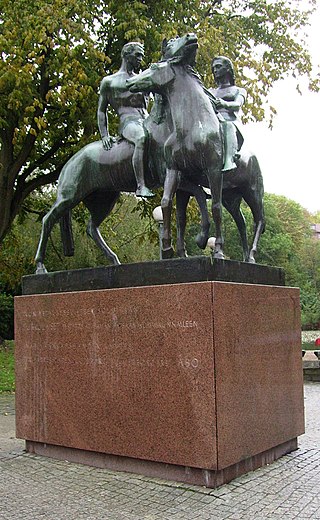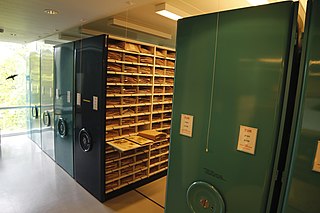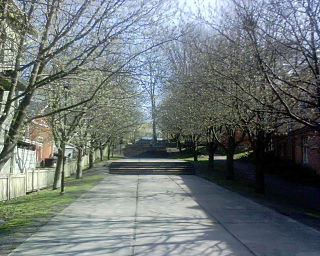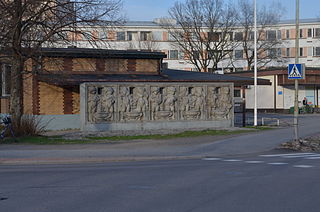Self-guided Sightseeing Tour #1 in Turku, Finland
Legend
Tour Facts
5.3 km
0 m
Experience Turku in Finland in a whole new way with our free self-guided sightseeing tour. This site not only offers you practical information and insider tips, but also a rich variety of activities and sights you shouldn't miss. Whether you love art and culture, want to explore historical sites or simply want to experience the vibrant atmosphere of a lively city - you'll find everything you need for your personal adventure here.
Activities in TurkuIndividual Sights in TurkuSight 1: Aino
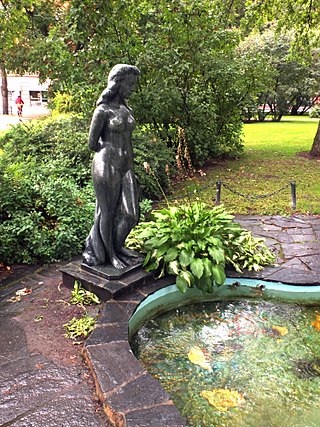
Aino is a statue designed by Matti Haupti and completed in 1950. It is located in Turku Station Park. The statue was unveiled on September 6, 1951. It was donated to the city by the Leo and Regina Wainstein Foundation and Turun Verkatehdas Oy.
Sight 2: Ystävyyden patsas

The Statue of Friendship Between Leningrad and Turku is a statue located in Puolalanpuisto park in Turku, Finland. It was erected 1967-1968 and revealed on May 19, 1969. The statue was erected in honour of the 15th town twinning anniversary between Turku and Leningrad.
Wikipedia: Leningradin ja Turun ystävyyden patsas (EN), Website
Sight 3: The Swans
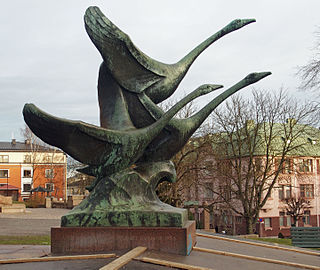
Joutsenet is a bronze fountain sculpture designed by Finnish sculptor Jussi Mäntynen in Puolalanmäki, Turku. It depicts three swans taking off and was unveiled in 1959. Another cast of swans has also been made, unveiled in 1961 in Fellman Park in Lahti. The sculpture of the bay is known as Up to Glory.
Sight 4: Victor Westerholm
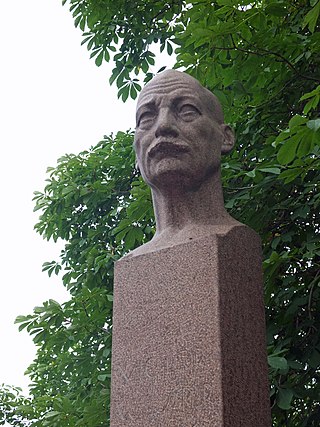
V. Westerholm's portrait hermi is a portrait sculpture made by Wäinö Aaltonen between 1924 and 1926. The sculpture depicts the first curator of the Turku Art Museum, painter and professor Victor Westerholm. It is located in the centre of Turku, in front of the city's art museum.
Sight 5: R. W. Ekman
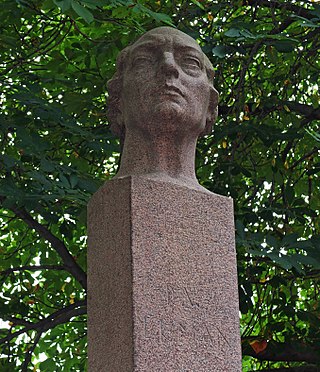
R.W. Ekman's portrait is a sculpture of Robert Wilhelm Ekman by Wäinö Aaltonen. The sculpture was completed between 1924 and 1926 and was unveiled on January 4, 1927. It is located in the centre of Turku, in front of the Turku Art Museum.
Sight 6: Turku Art Museum
Turku Art Museum is an art museum in Puolalanmäki, Turku. The museum is maintained and its collection is owned by Konstföreningen i Åbo – Turku Art Association, founded in 1891. The museum building was designed by Professor of Architecture Gustaf Nyström (1856–1917) and completed in 1904. The Turku Art Museum, built with private funds donated by the businessman brothers Ernst (1846–1924) and Magnus (1859–1924) and donated to the City of Turku, was the second building in Finland to be designed as an art museum after the Ateneum when it opened.
Sight 7: Puolalanmäki
Puolalanmäki is a hill in the centre of Turku, on the border of the VI and VII districts. It is one of Turku's seven hills and its height is 35.2 metres above sea level. On top of the hill is the Turku Art Museum, which is surrounded by Puolalanpuisto. The hill takes its name from the village of Puolala, which was annexed to Turku from Maaria in the 1600s. Together with the Turku Art Museum, Puolalanmäki is one of the nationally significant built cultural environments defined by the Finnish Heritage Agency.
Sight 8: Kurjet pesällä
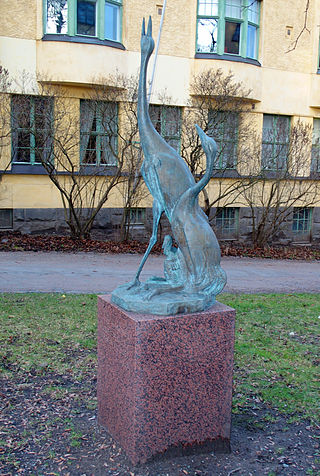
Cranes in the Nest is a very typical sculpture by Jussi Mäntynen, the subject being nature and the animal living in it. The artist's interest in nature was evident in his hunting hobby and the need to move in nature. Mäntynen worked as a conservator at the University of Helsinki Zoological Museum for more than 20 years, so he had a good knowledge of animal anatomy.
Sight 9: Elämän puu
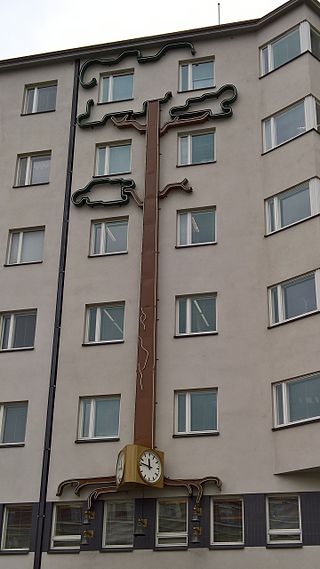
The Tree of Life (1960) is a 15-metre light artwork designed for the wall of the Maariankatu branch of Turun Seudun Osuuspankki. Artist Kalevi Manninen's artwork is also known among Turku residents as a light pine tree and a money tree. Its second official name is From seed the tree grows. The work was updated to be more ecological during the façade renovation of the property, now it is illuminated by LED lights.
Sight 10: When Friendships are Made
Kun ystävyyssuhteet solmitaan (Finnish) or När vänskapsbanden knytes is a sculpture erected by Wäinö Aaltonen, located in the Puutori market square in Turku, Finland. It symbolises the twin town partnership of Turku and Gothenburg. There are two sculptures, the original in Gothenburg and its duplicate at Aninkaistenkatu 12 in Turku.
Sight 11: Europe
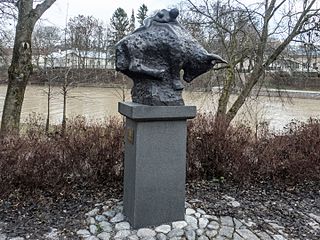
Europe is a bronze sculpture donated to the City of Turku by Dutch artist Jits Bakker with a pedestal made of black granite.
Sight 12: Lönnrotinpuisto
Lönnrotinpuisto is one of Turku's parks. The almost triangular park is located in the city centre between Aninkaistenkatu, Eerikinkatu and Aurajoki. The park is named after Elias Lönnrot and covers an area of 4,300 square metres.
Sight 13: Tuomiokirkonpuisto
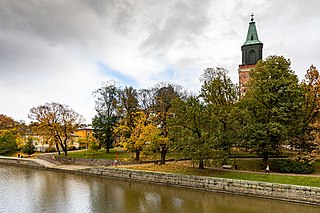
Tuomiokirkonpuisto is one of Turku's parks. It is located in the city centre between the Cathedral and the Aura River. The size of the park is 7,100 m2 and it belongs to the city's representative parks.
Sight 14: Runeberg, Lönnrot, Snellman
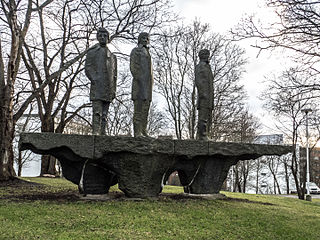
Runeberg, Lönnrot, Snellman is a monument designed by Harry Kivijärvi. It is located in front of the main building of the University of Turku on Turku University Hill. The monument depicts three great national men who began their studies at the Academy of Turku in 1822.
Sight 15: Genius ohjaa nuoruutta
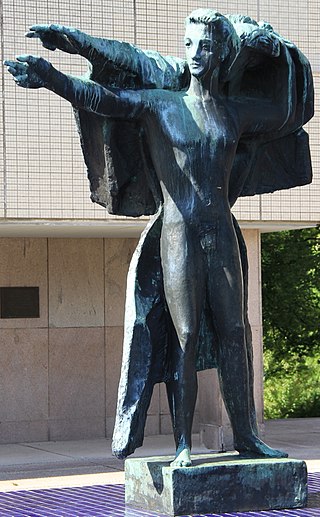
Genius guides youth is a fountain sculpture designed by sculptor Wäinö Aaltonen and unveiled in 1961. It is located on Turku University Hill, the central square of the University of Turku.
Sight 16: Kasvimuseo TUR
Together with the Zoological Museum, the Botanical Museum of the University of Turku forms the Natural History Museum, which belong to the Biodiversity Unit of the University of Turku together with the Aerobiology Laboratory, Ruissalo Botanical Garden, Lapland Research Institute Kevo, Archipelago Sea Research Institute, Science Centre Tuorla and Southwest Finland LUMA Centre.
Sight 17: University Hill
Yliopistonmäki is a hill located in the centre of Turku, in the I district, which is one of the seven hills of Turku. There are buildings of the University of Turku on top of Yliopistonmäki, including the main building and the main library.
Sight 18: Vesilinna
Vesilinna is a water tower completed in 1941 on Yliopistonmäki in Turku. The grey façade of the box-shaped, rectangular building is made of sandstone limestone and punctuated by pilasters. The monumental building was designed by architects Erik Bryggman and Albert Richardtson. Engineer Emil Holmberg was responsible for structural design. Vesilinna has two concrete pools with a total volume of 6,000 m³.
Sight 19: Jalkaväenkenraali Adolf Ehrnroothin muistomerkki
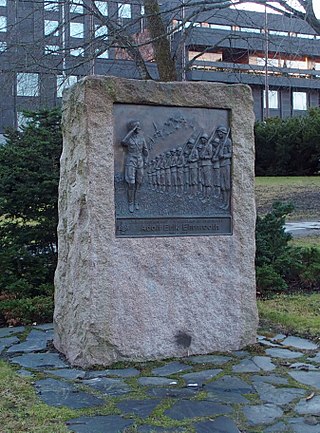
Infantry General Adolf Ehrnrooth's Monument is a work by sculptor Herman Joutsenen. This is a bronze relief attached to the red granite stone. Relief's topic is Ehrnrooth to review his regiment JR 7 on June 4, 1944.
Wikipedia: Jalkaväenkenraali Adolf Ehrnroothin muistomerkki (FI), Website
Sight 20: Rumpalit
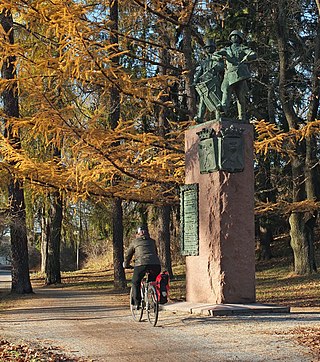
Drummers is a sculpture by Niilo Savia (1903–1976) unveiled in 1966 in Tuomaanpuisto, Turku, at Kasarminkatu 6. The two-metre sculpture is bronze and its 3.50-metre-high pedestal is made of red granite. The statue was erected in memory of the Pori Regiment.
Sight 21: Lotta Svärd
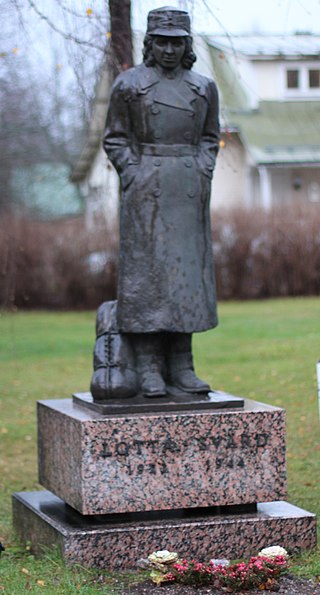
The Lotta Svärd statue is a bronze sculpture made by Finnish sculptor Nina Sailo in Lappeenranta. The sculpture is of natural size and depicts a lotta waiting to be transported in a thick mantle and other winter gear. At Lotta's feet is her scroll of equipment. The sculpture was unveiled in 1985. It was later made into two other castings, which are in Turku and Tuusula.
Sight 22: Posankka
Posankka is a statue located in Turku, Finland. The statue, which is located near the campus area of the University of Turku and the Turku Student Village, represents a hybrid between a marzipan pig ("possu") and a rubber duck ("ankka"). It is a pink animal with a duck's lower body and a pig's head.
Sight 23: Leikkiviä lapsia
Children Playing is a wall relief made by Into Saxelin, donated to the City of Turku by Turku Kansallis-Osake-Pankki. It was originally located on the wall of a commercial and residential building owned by Turun Kansallis-Osake-Pankki at Linnankatu 13. The work was moved to its current location in Kuuvuori in 1968.
Share
Disclaimer Please be aware of your surroundings and do not enter private property. We are not liable for any damages that occur during the tours.
GPX-Download For navigation apps and GPS devices you can download the tour as a GPX file.


